2019 in lenses: a huge year for camera optics, with over 100 new products announced
Here’s a whistle-stop tour of the biggest lens stories of 2019
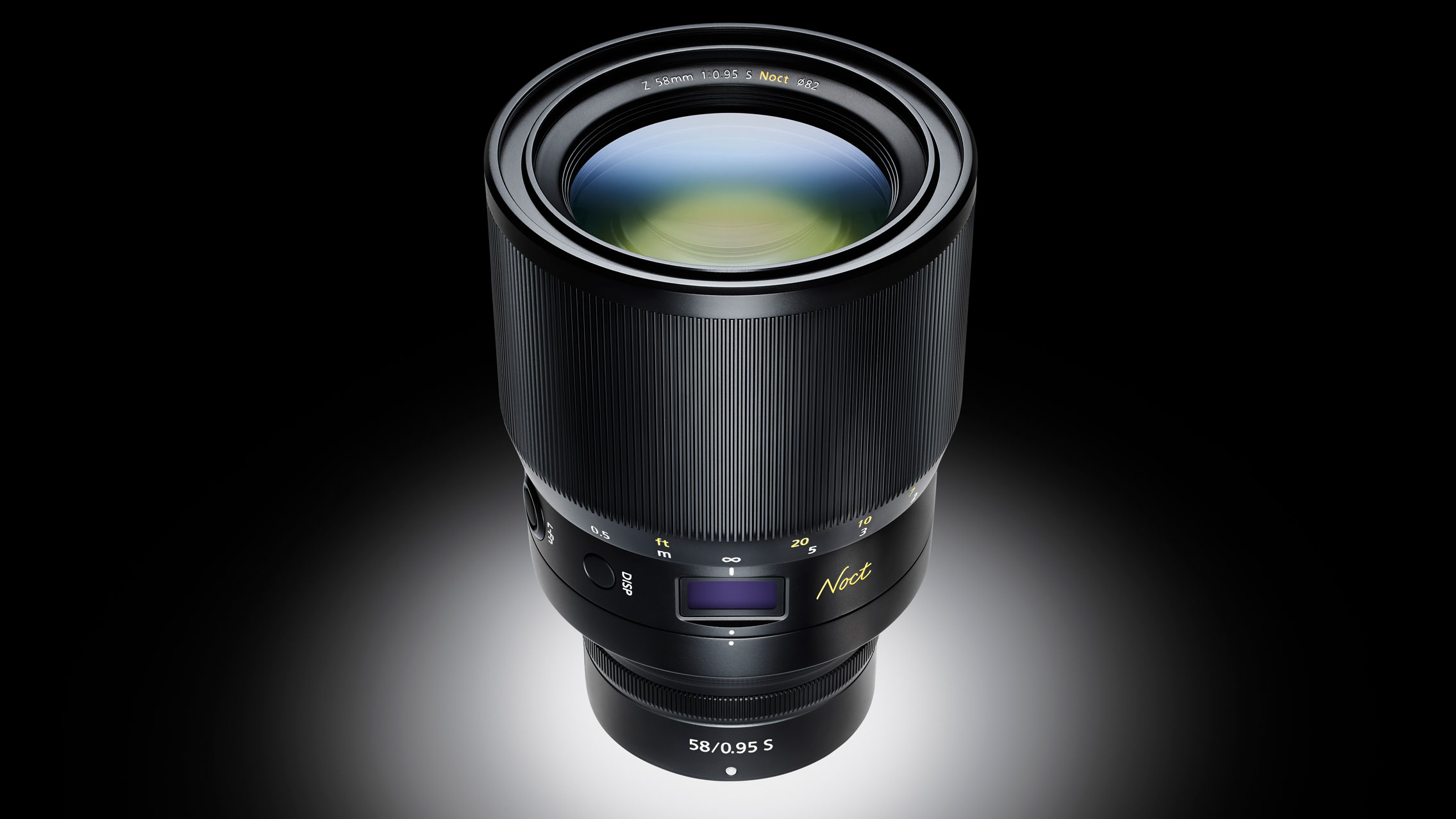
With well over 100 models announced, the past 12 months has been a banner year for lenses. We’ve seen some incredible new lens designs, some offering overwhelmingly complex optical construction with pricing to match as well as others that offer more of a balance between performance and affordability, particularly those from independents.
Also of note this year is the return of the popular 35mm focal length – with no fewer than seven new models introduced, more if you include the cine lenses. We’ve rounded up most, if not all, of the lenses announced during the year so there’s sure to be something of interest in this retrospective for everyone.
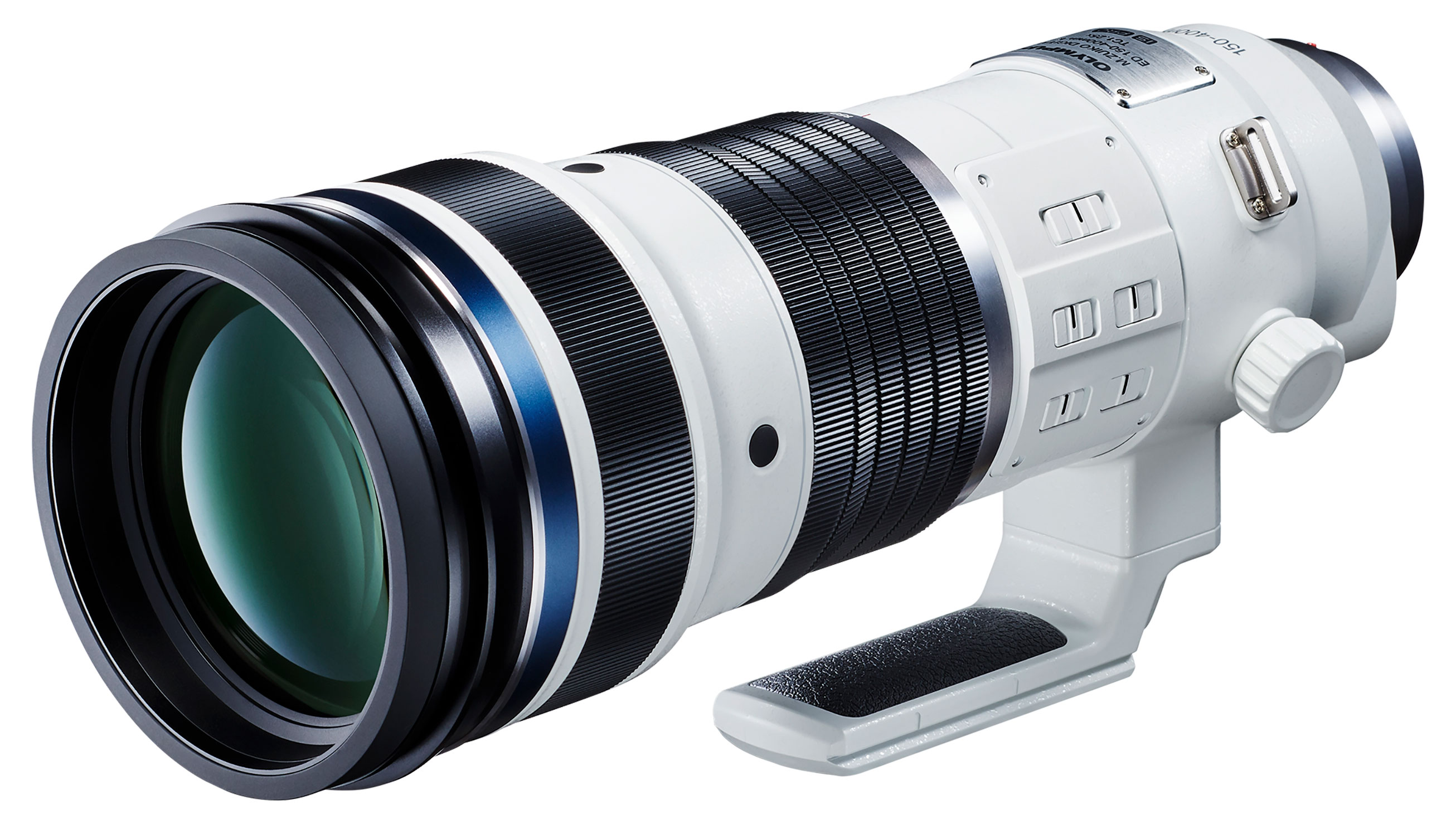
January
The year gets off to a good start with the Nikon Nikkor Z 14-30mm F4 S, a lens seemingly full of contradictions being both ultra-compact yet also offering ultra-wide coverage. Although sharper only one stop down from the initial aperture it still looks good wide open and don’t forget the (FX) Z bodies have IBIS, so the modest F4 constant aperture isn’t as restrictive as it might first appear.
Fujifilm releases the medium format GF 100-200mm (80-160 equivalent) F5.6 R LM OIS WR and NiSi Optics, perhaps better known for its photographic filters, releases five F3 cine T2/2.1 FF lenses from 25mm to 100mm with interchangeable mounts for EF, Sony E and PL. Available as special order only, these have a large full-frame (46.5mm) image circle and are apochromatically corrected and so should have low levels of axial fringing.
The high note this month, though, simply because of its outrageously exotic spec, is the Olympus M.Zuiko Digital ED 150-400mm F4.5 TC 1.25x IS PRO, a 300-800mm equivalent F4.5 zoom on an MFT body. With the built-in 1.25x converter, this makes it the equivalent of a 370-1000mm.
Finally, Pentax starts a trend by introducing the first 35mm prime of the year, the HD Pentax-FA 35mm F2 AL. Although a refresh of an old film era lens with newer coatings it has a thoroughly modern price of around $400 / £400.
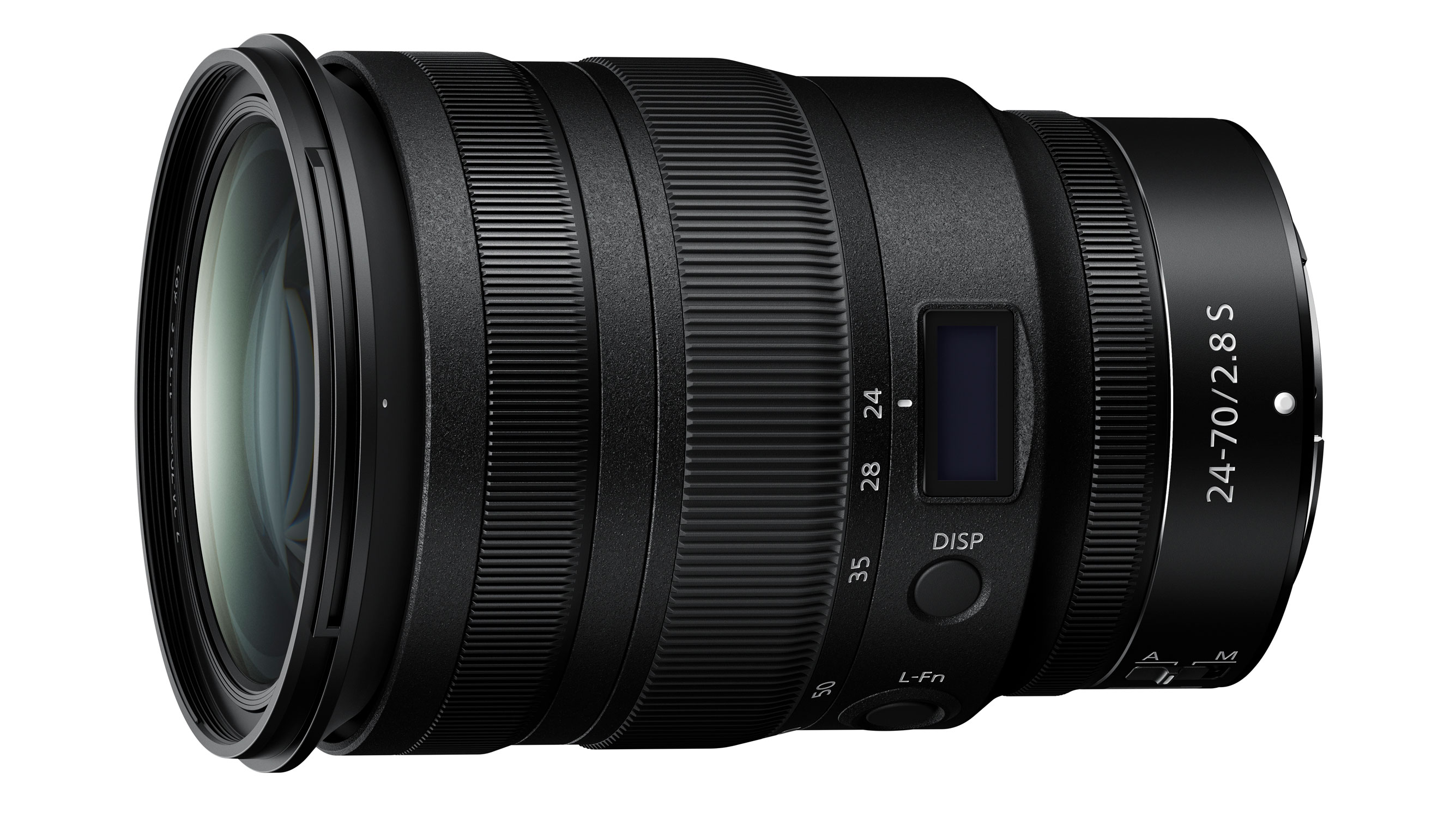
February
While a few new lenses broke cover during CES in January, it’s in the lead-up to, and during, the CP+ trade event, held at the end of February in Yokohama, Japan, where you’ll usually hear of upcoming lenses for the year.
Get the Digital Camera World Newsletter
The best camera deals, reviews, product advice, and unmissable photography news, direct to your inbox!
Before CP+ gets underway, though, at the global launch of the Lumix S1 L-mount full frame mirrorless cameras, Panasonic announces a small selection of lenses for the system. This includes a sober-looking but uncompromising S Pro 70-200mm F4 OIS, a better than usual standard kit zoom in the form of the S 24-105mm F4 Macro OIS, as well as the superbly performing and wonderfully descriptive, if somewhat enormous, S Pro 50mm F1.4.
Later in the month Olympus shows off the M.Zuiko Digital ED 12-200mm F3.5-6.3, a hugely versatile compact travel zoom with an incredible 16.6x magnification. Fujifilm adds another compact metal-bodied yet relatively light and accessibly priced ‘rangefinder’ style 16mm (24mm equivalent) F2.8 prime and Canon announces a number of RF lenses under development including the “Holy Trinity” of F2.8 L-series zooms (now all stabilised), and not one but two eye-wateringly expensive L-series 85mm F1.2 primes. One of these iconic primes has what they’re calling ‘Defocus Smoothing’ (or DS) for softer highlights – it’s certainly an interesting direction (and one we may see more of).
However, all of the lenses released up to this point in the month it’s Nikon that quietly impresses with the Nikkor Z 24-70mm F2.8 S. Although all of the new S-series lenses have been solid performers, this is the first pro-oriented Nikkor Z zoom we’ve seen and both its pricing and optical performance are superb.
A week later, just days before CP+, Tokina announces its second high-end Opera model in the series, a 16-28mm F2.8 FF zoom for Canon and Nikon DSLRs, while Tamron announces the 17-28mm F2.8 Di III RXD compact zoom for Sony EF. Tamron also announces two zooms and the impressive SP 35mm F1.4 Di USD for DSLRs. The latter is a no-compromise 14-element monster that is on paper (…well on MTF lens testing charts, anyway) a better performer than the legendary Sigma Art lens and maybe even the Canon EF 35mm F1.4 L Mark II USM .
And finally, during the show itself, Sigma releases 11 L-mount versions of its Art series primes from 14-135mm. Leica also joins in, as the originator of the L-mount, and showcases a pricey but highly corrected model, the APO-Summicron-SL 35mm F2 ASPH, and Sony releases a promising-sounding 135mm F1.8 GM for its mirrorless E-mount.
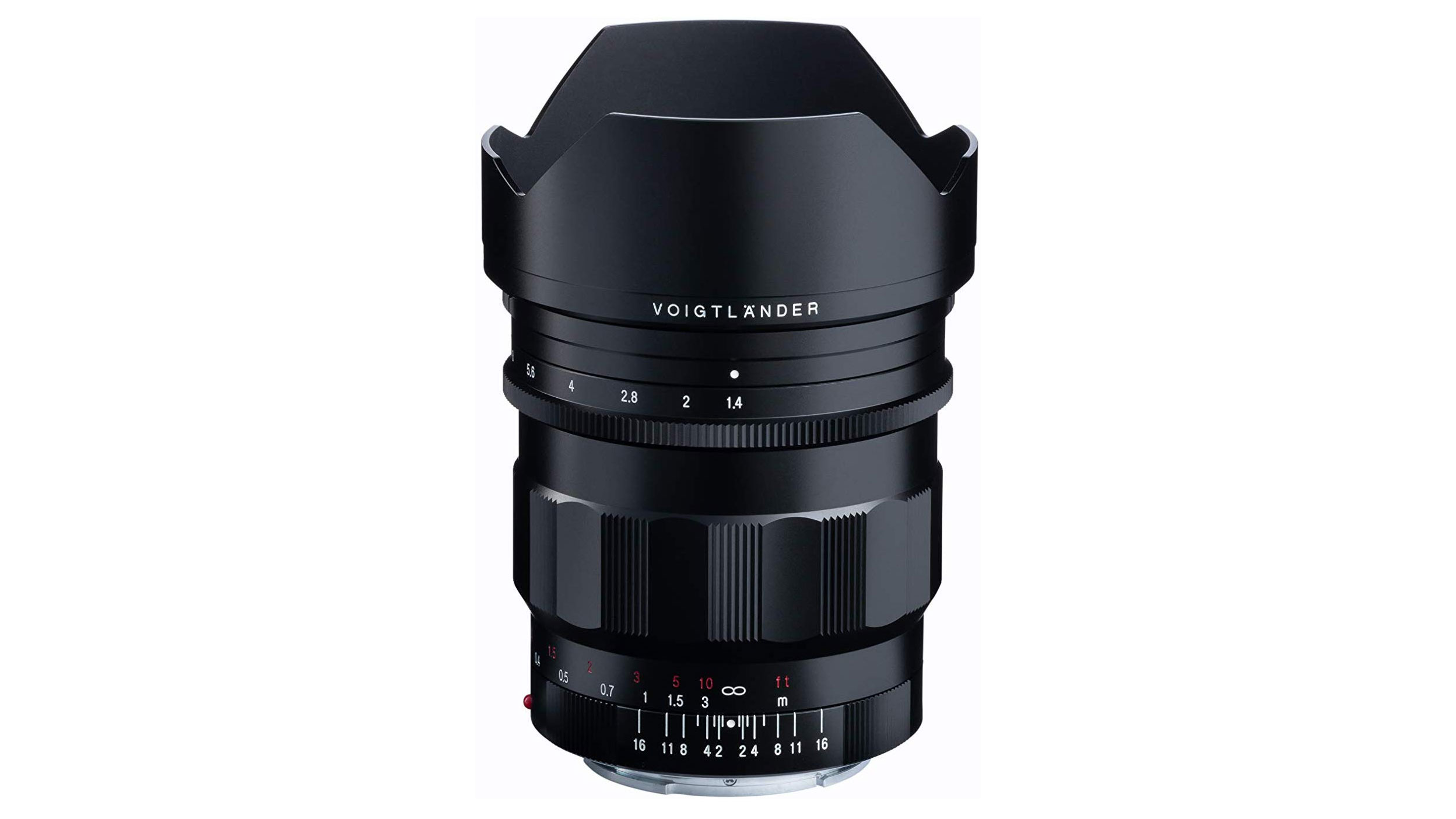
March
On the last day of the CP+ show, Voigtländer Cosina announces the Nokton 50mm F1.2 Aspherical (E-mount), essentially a re-mount of VM version for Leica M cameras released in 2018, only now with EXIF and a silent, or “de-clicked” aperture option. That and a price of around $999/£899 should make it an attractive option over the Sony Zeiss equivalent. However, what really stands out is the ultra high-speed Voigtländer Nokton 21mm F1.4 Aspherical. This is a completely new lens designed specifically for Sony E mount, and it promises to be spectacular, even if the price is $1049/£1149. Leica M-mount users aren’t forgotten either with the ultra-high speed Nokton 75mm F1.5 Aspherical (VM-mount), another promising top-notch image quality and signalling Voigtländer Cosina’s desire to follow Sigma’s success.
After CP+ closes its doors, budget lens maker Samyang (Rokinon in the US) announces the first lens for the mirrorless Canon RF mount from an independent, the manual focus Samyang MF 14mm F2.8 RF. A week later the company announces another lens, but autofocus this time – the Samyang AF 85mm F1.4 FE. This is the sixth lens from Samyang designed specifically for the Sony E-mount, featuring dual linear sonic type motors.
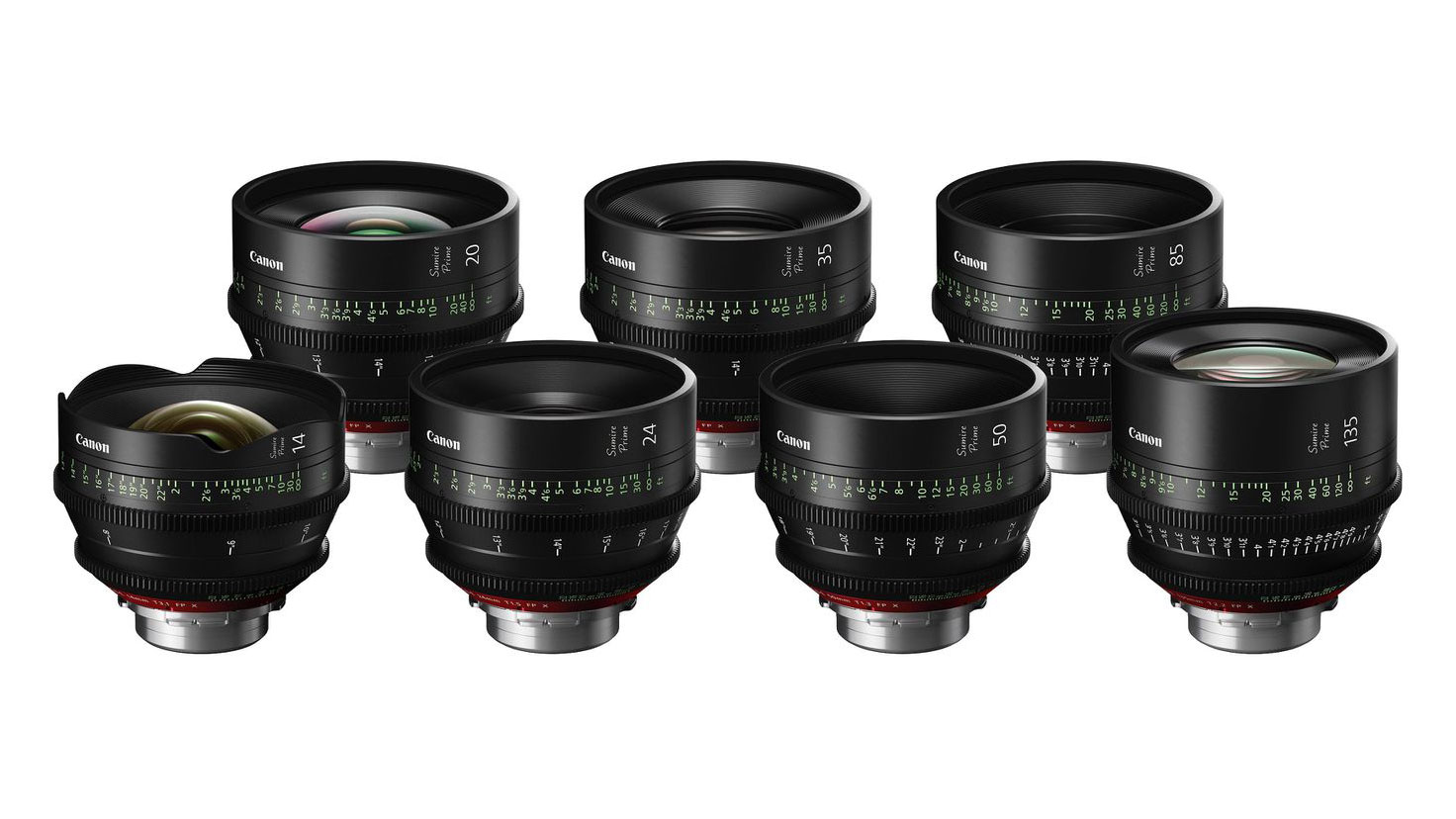
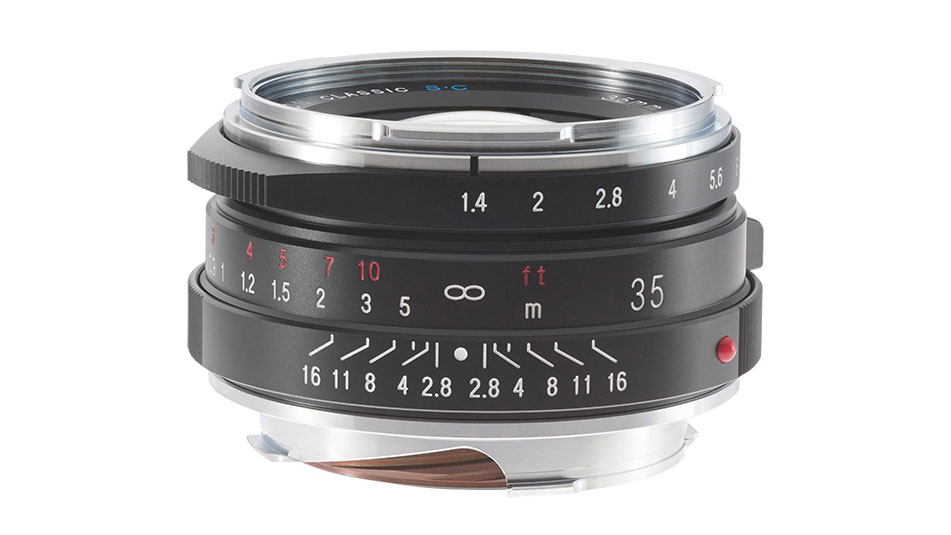
April
Prior to the NAB show in Las Vegas, Venus Optics announces the Laowa 9mm (18mm equivalent) F2.8 Zero-D for M43 (Micro Four Thirds), though primarily for the Lumix GH5 and Blackmagic video cameras on account of the low distortion, and two cinema lenses, a 12mm T2.9 Zero D and the interestingly named OOOM (for out-of-our-minds) 25-100mm T2.9.
Panasonic releases a minor refresh to Lumix G Vario 14-140mm, and Samyang adds the MF 85mm F1.4 in RF mount.
However it’s, Goliath lens maker Canon that surprises us the most with a new range of Sumire (pronounced “soo-mee-ray”) cinema primes. They are named after a Japanese flower and, like the petals, the lenses are said to become more beautiful when they’re opened up. That’s mainly due to the new coatings that not only allow some controlled flare but also offer softer contrast and outstanding resolution. There are seven lenses with fast maximum apertures running from 14mm to 135mm initially in PL mount but they can be modified to EF mount.
Later in the month yet more versions of earlier lenses in different mounts appear from Samyang, the manual focus MF 14mm F2.8 and MF 85mm F1.4 both in Z mount and the AF 85mm F1.4 in Nikon F mount.
Tokina releases the Firin 100mm F2.8 FE Macro for Sony E that looks suspiciously like the optical construction of the earlier ATX-M100 version for DSLRs, and Zeiss unveils probably the last Otus in the line-up, the world-class 100mm F1.4 for Nikon and Canon DSLRs.
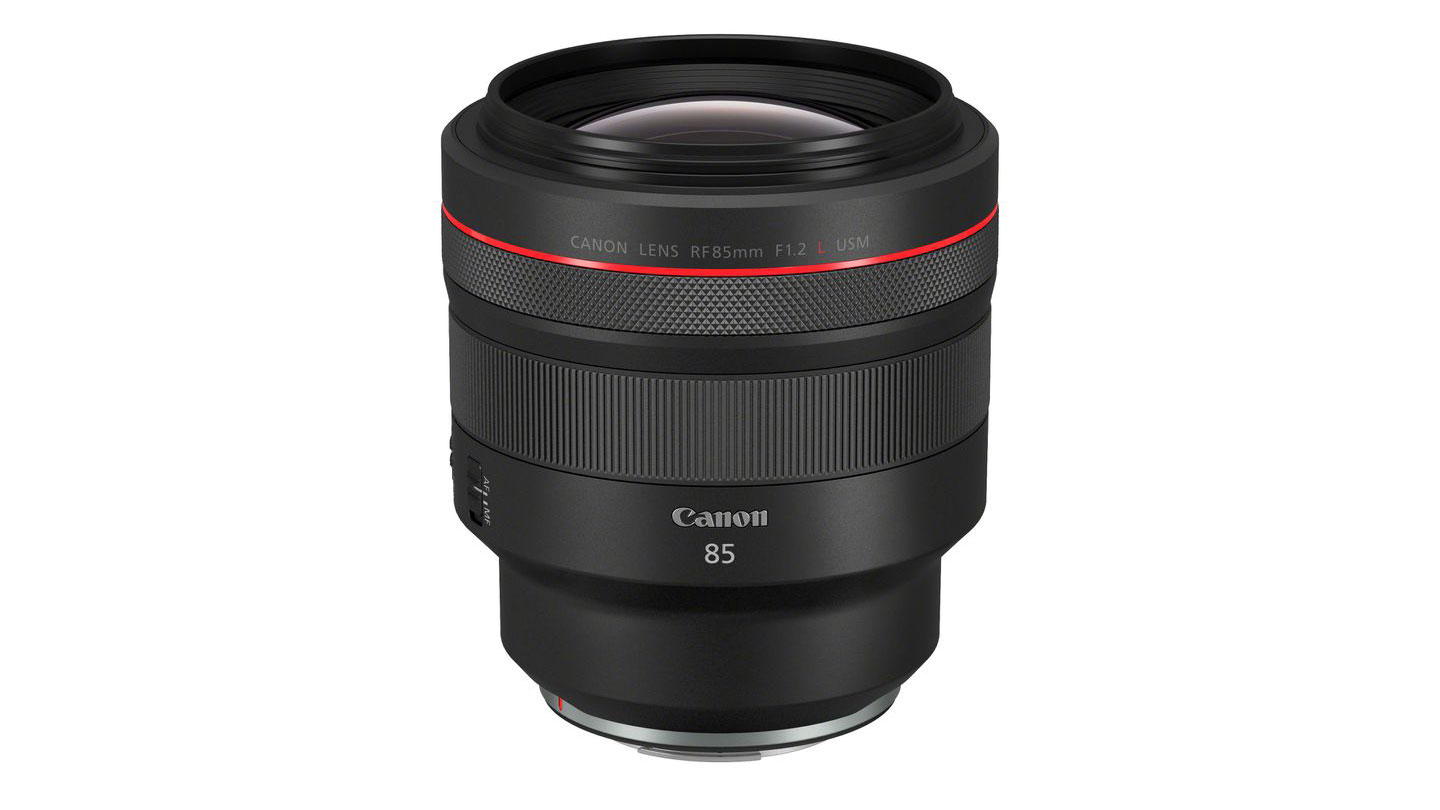
May
Although a quiet month for lenses, Cosina reveals an update to the popular Voigtländer Classic 35mm f1.4, itself based on the film-era Leitz model for Leica M, with the Voigtländer Nokton Classic 35mm f1.4 II VM. Like the earlier Mk I Classic, it’s available in both multi and single coated versions, the latter for more muted tones. While some of the glow from spherical aberration is retained for aesthetic purposes, Cosina claims to have improved focus accuracy by overcoming aperture-dependent focus shift found on the original. Not only should this update aid rangefinder users but also anyone using a mirrorless camera when focusing at the maximum aperture before stopping down to take the shot. A single APD (low dispersion) glass element will also reduce axial fringing.
Canon, being true to its word from earlier in the year, releases one of the most anticipated lenses of the year, the RF 85mm F1.2. It promises outstanding image quality but we’ll have to wait for the DS version. While we believe Panasonic is working hard on FF L-mount lenses, it unexpectedly reveals an incredibly high-end and rather large zoom, the Panasonic Leica DG Vario-Summilux 10-25mm (20-50mm equivalent) F1.7 ASPH for M43. It’s at odds somewhat with the traditional M43 market but it perhaps signals a move to the high-end generally.
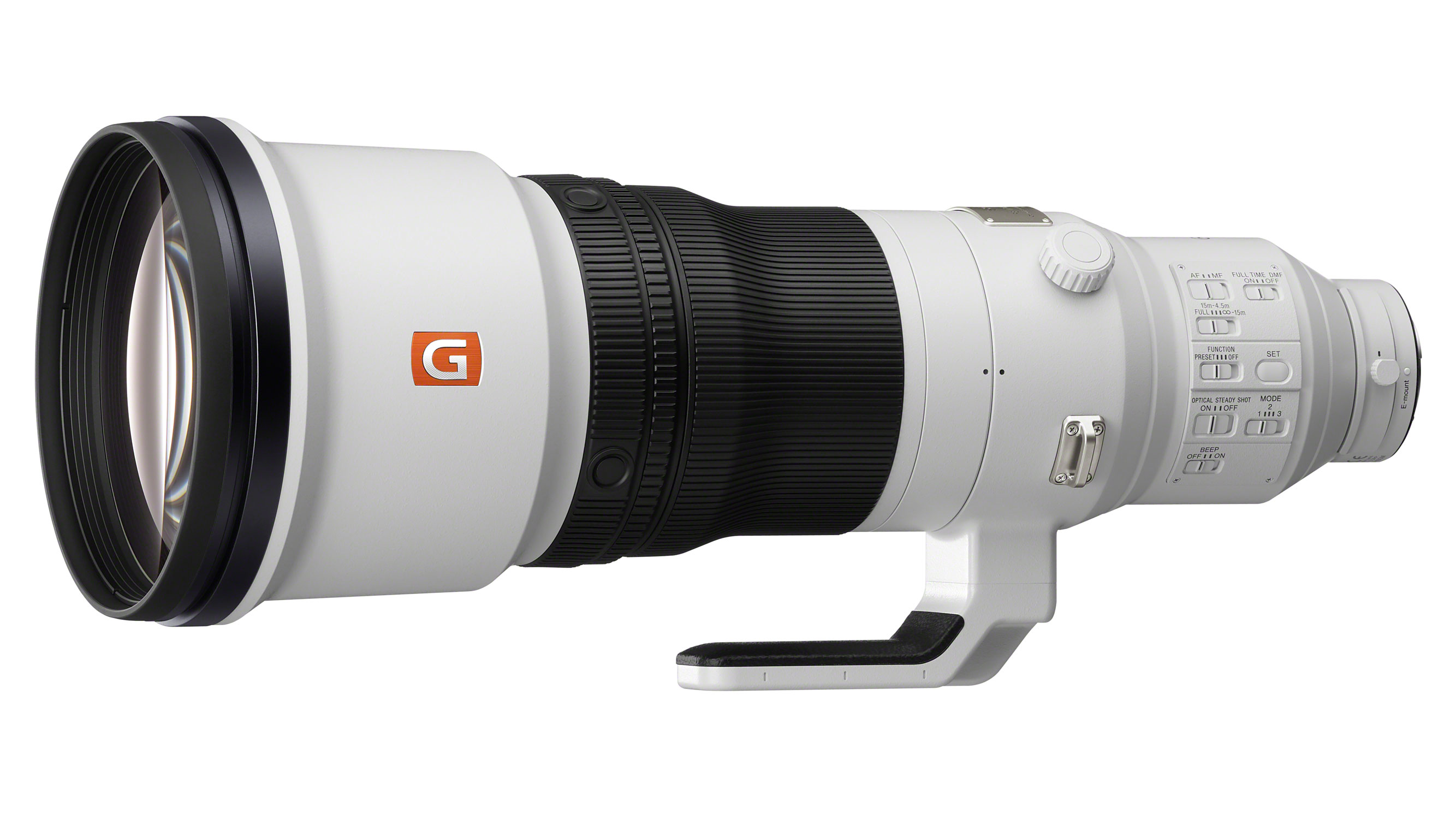
June
With the previous year being relatively quiet on the lens front, Sony releases two super telephoto lenses for its mirrorless E-mount cameras. Targeting sports professionals, especially those using the Sony a9, the FE 600mm F4 GM OSS is a spectacular performer and, at around $13k / £12k, has a price to match. While that’s the one to drool over, the second, the FE 200-600mm F5.6-6.3 G OSS zoom priced around $2,000/£1,800 is a rather more affordable, and more practical alternative.
Promised to arrive within 12 months back in February 2017, the first zoom for the Hasselblad X1D medium format mirrorless camera, the XCD 35-75mm (28-58mm equiv.) F3.5-4.5 finally makes an appearance at the launch of the upgraded Hasselblad X1-D II 50C, and then we’re told it should be available in October. Although much delayed, with edge-to-edge sharpness rivalling a prime and with Hasselblad declaring it’s the best lens it’s ever made, it may well be worth the wait. Having said that, it’s still not available now (Dec).
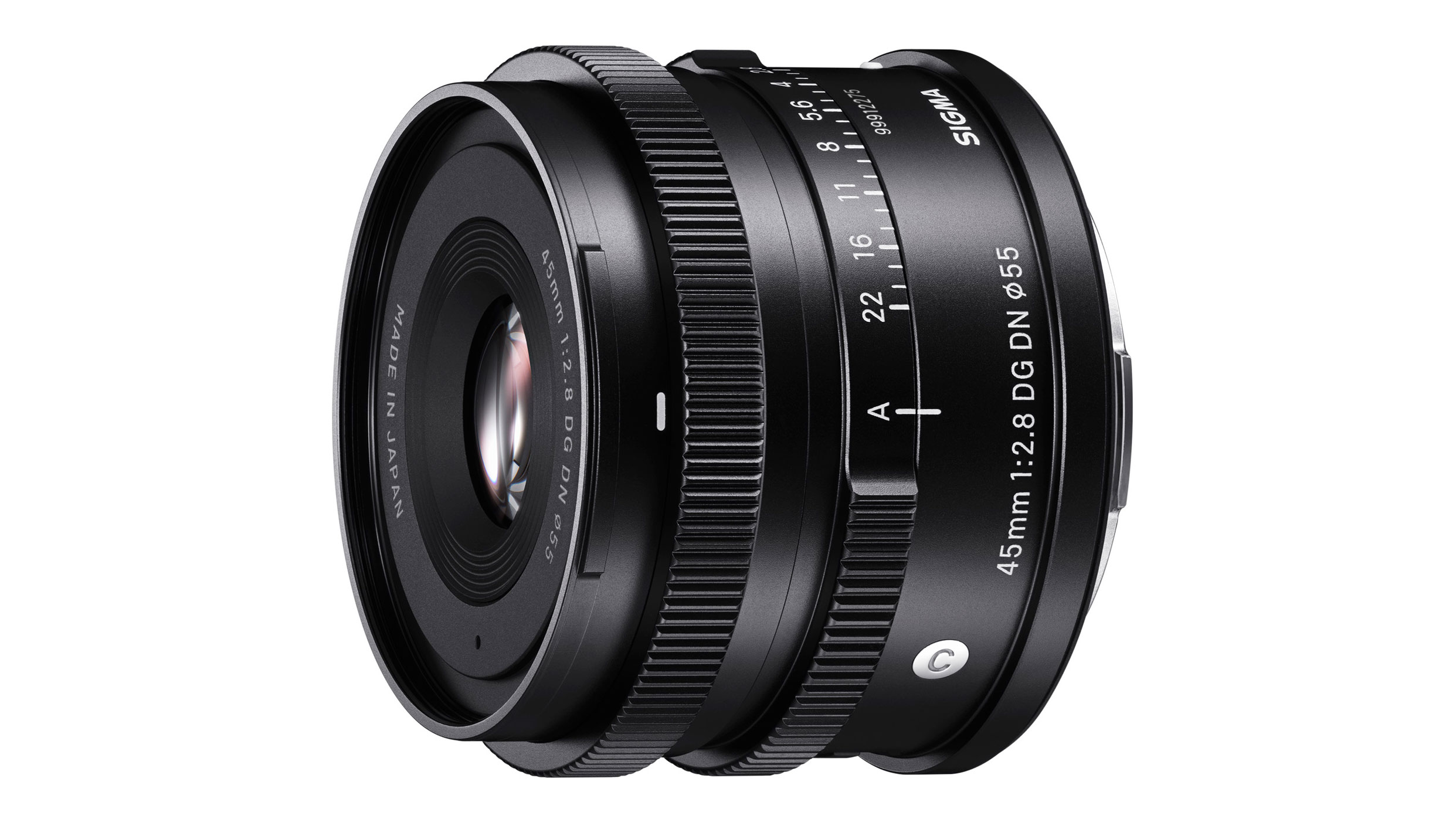
July
Ricoh announces a refresh of the HD Pentax-DA 10-17mm F3.5-4.5 ED fisheye for its APS-C cameras with new coatings and cosmetics, and Sony is the next to follow this year’s trend and releases the Sony FE 35mm F1.8. Fujifilm releases a gorgeous, compact prime for its medium format cameras with the Fujinon GF 50mm F3.5 R LM WR and adds a a very versatile 24-120mm equivalent to its APS-C range, with the XF 16-80mm F4 R OIS WR.
Canon adds a consumer oriented stabilised 24-240mm travel zoom for its EOS R bodies and Nikon, releases the Nikkor Z 85mm F1.8 S. But of all the lenses we’ve seen so far this year, it’s Sigma, with the rather modest 45mm F2.8 DG DN Contemporary for Sony E and L-mount bodies that releases what I consider to be my personal favourite for 2019. The tiny little lens is a well-balanced performer and nicely made at around $549/£549. It is, however, just one of three models designed for Sony E and L-mount bodies, including a huge but spectacularly performing 35mm F1.2 DG DN Art, and a highly promising 14-24mm F2.8 DG DN Art. Sigma also releases three previously released F1.4 APS-C /M43 primes remounted for Canon’s M-series cameras.
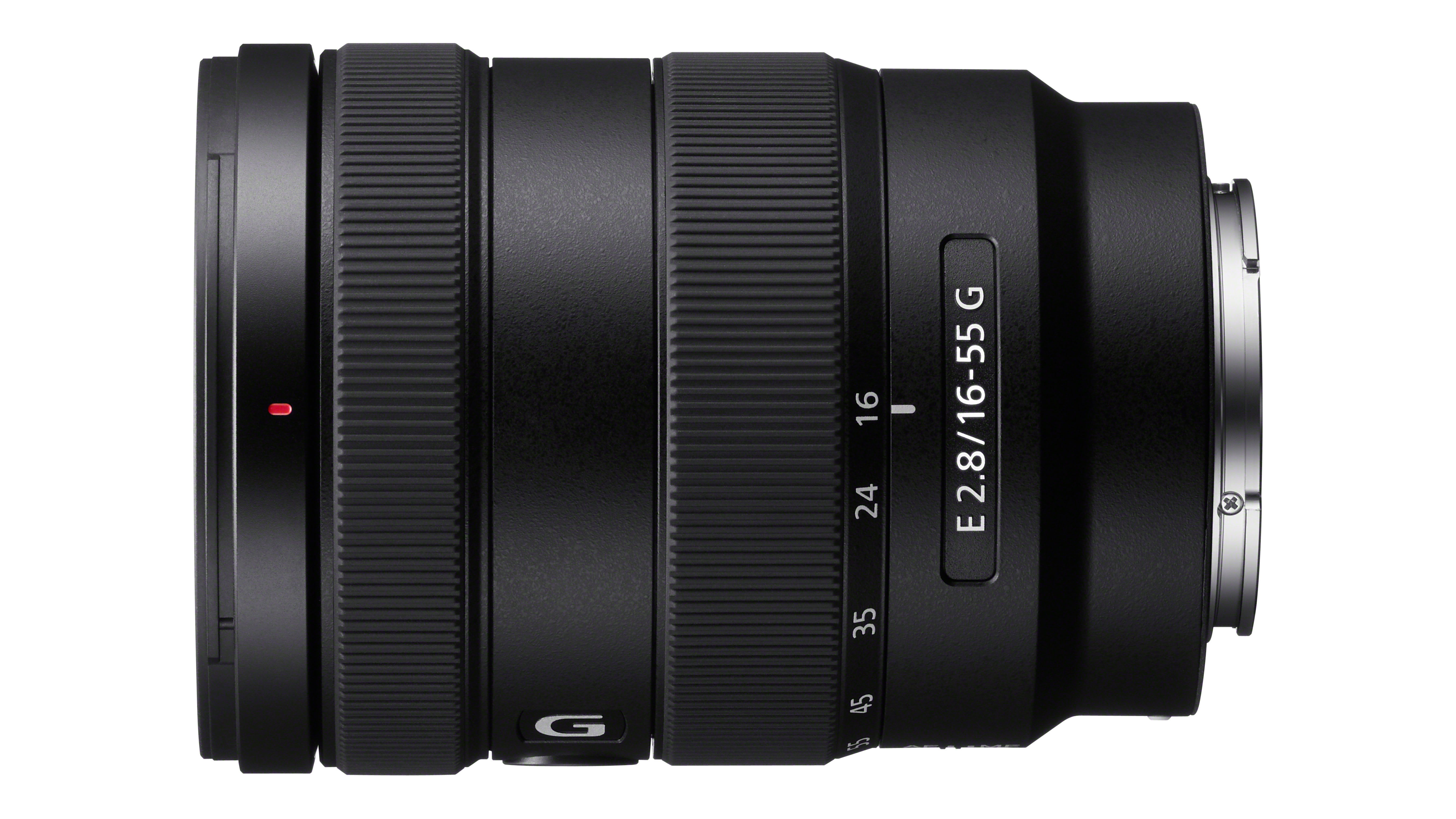
August
Leica releases another (not unexpectedly) expensive, yet relatively compact lens in the F2 APO-series for the SL and SL2 mirrorless L-mount cameras, the Leica APO-Summicron-SL 50mm F2 ASPH. Panasonic adds another high-end model for the L-mount, the Panasonic Lumix S Pro 24-70mm F2.8 and refreshes the popular if somewhat pricey 25mm F1.4 model for the M34 models.
Sony releases the high-end yet compact E 16-55mm (24-82mm equivalent) F2.8 G for APS-C E-mount bodies – the equivalent to the F-mount AFS Nikkor 17-55mm F2.8 of a decade or more ago as well as the E 70-350mm (105-525mm equiv.) F4.5-6.3 G OSS, while Samyang/Rokinon adds the AF 18mm F2.8 FE for Sony full-frame mirrorless at just $399/£350.
It is Canon, however, that impresses with the release of two of the three in its “Holy Trinity” of F2.8 L-series zooms. Although already mentioned in a development announcement during February, both models, the RF 15-35mm F2.8L USM and the RF 24-70mm F2.8L USM, offer in-built stabilisation and are eye-wateringly expensive at $2,299 / £2,329 each.
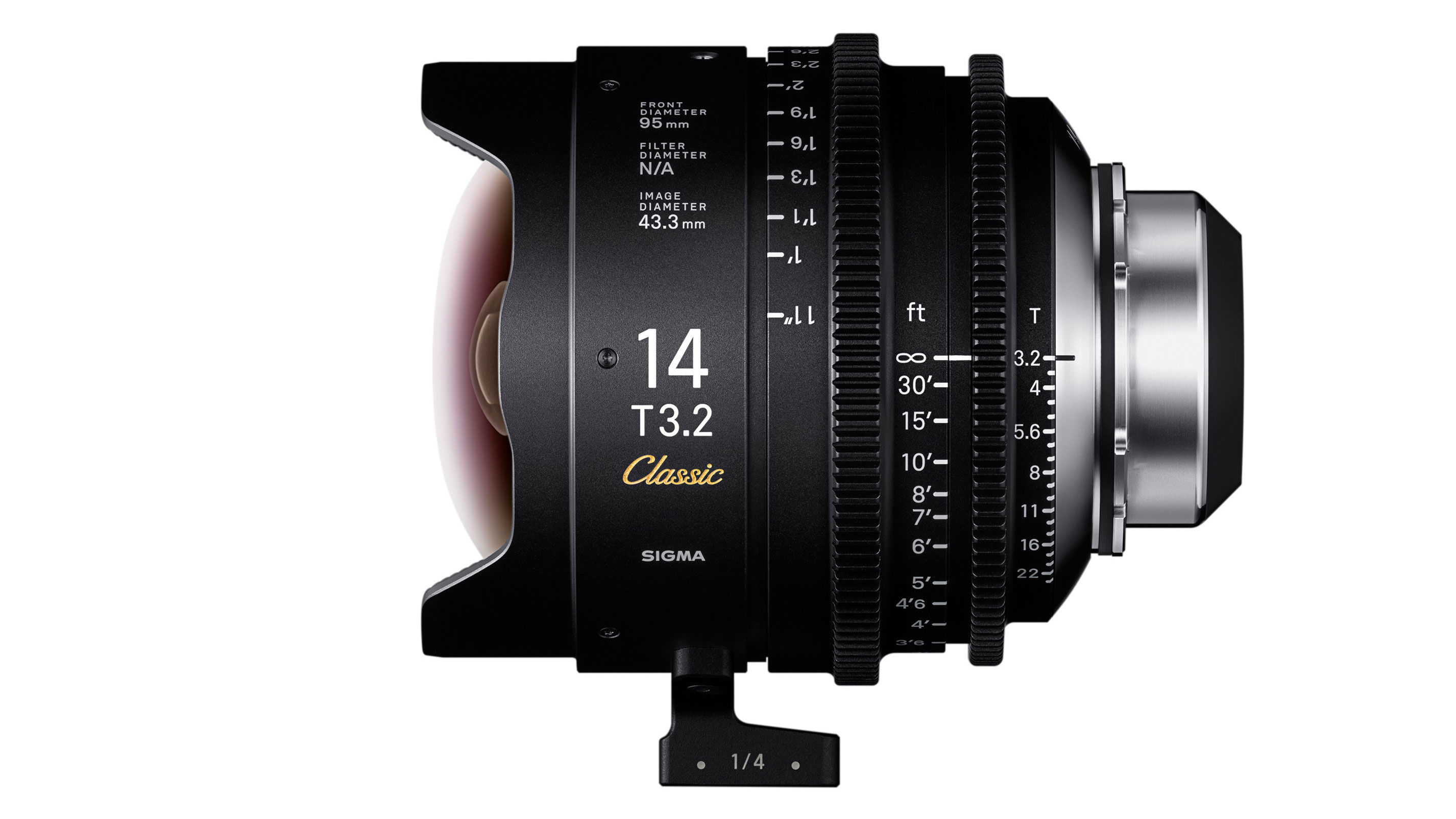
September
Nikon announces the Nikkor Z 24mm F1.8 S for Z-mount along with the development of the AF-S Nikkor 120-300mm F2.8E FL, presumably to coincide with the launch of the Nikon D6 for the Tokyo Olympics.
Ahead of the IBC (International Broadcasting Convention) in Amsterdam, Sigma unveils a second line of cine lenses, the FF Classic Prime range. Following another trend this year for ‘expressive’ (read vintage or retro) cinema lenses, the Classic Primes use different (and fewer) coatings. The range consists of 10 primes from 14mm to 135mm with consistent maximum T-stops (two at T3.2 and the rest at T2.5). However, before you pull out your Apple Card (wait, what, it hasn't gone on sale yet?), they’re only available as a complete set of 10 at around $43,999 and offered in PL mount only – though Sigma has also handily introduced the MC-31 PL to L-mount convertor.
Samyang/Rokinon also releases three Xeen CF cinema T1.5 lenses, in 24mm, 50mm and 85mm focal lengths in Sony E, Canon EF, PL mounts.
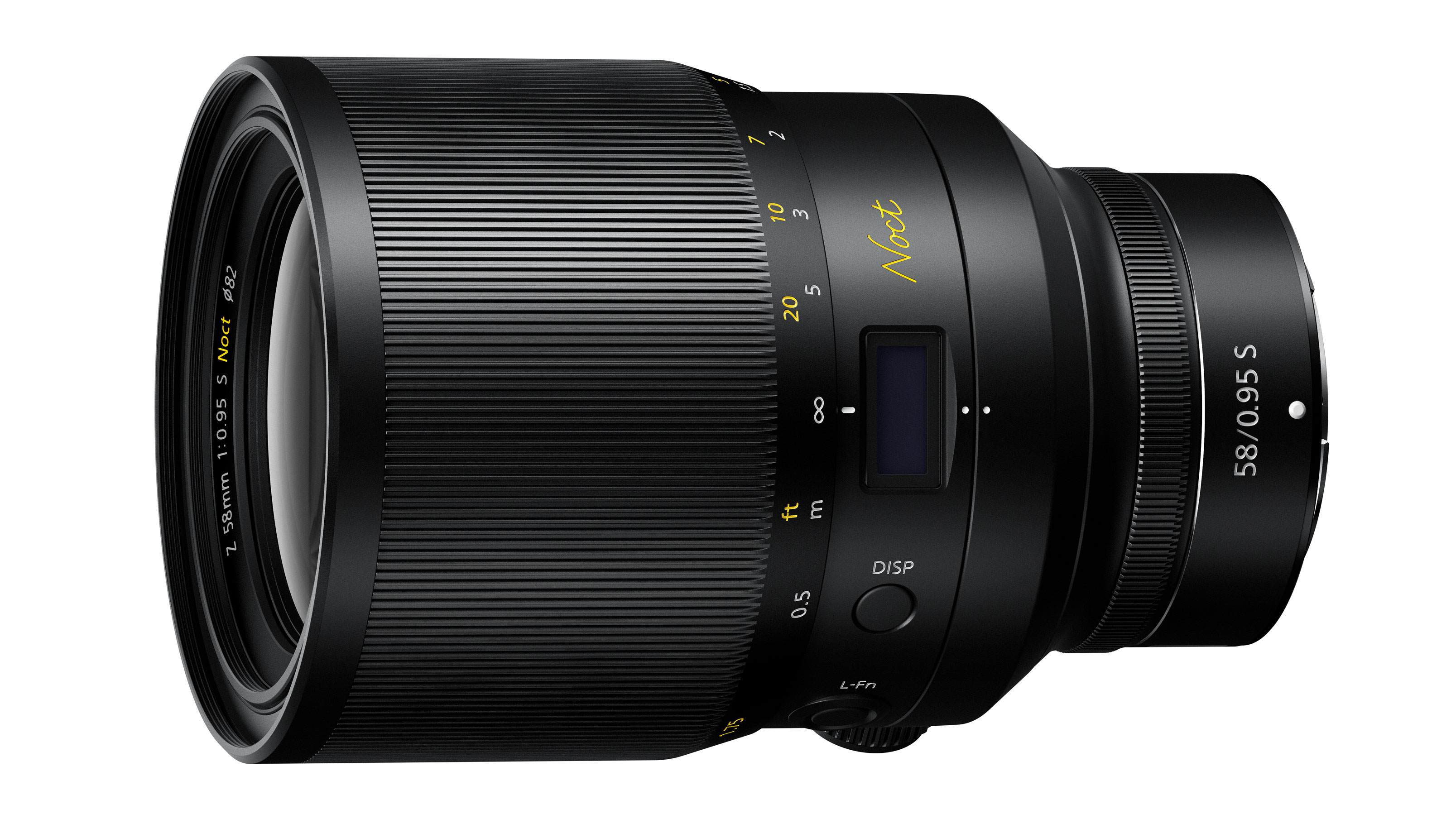
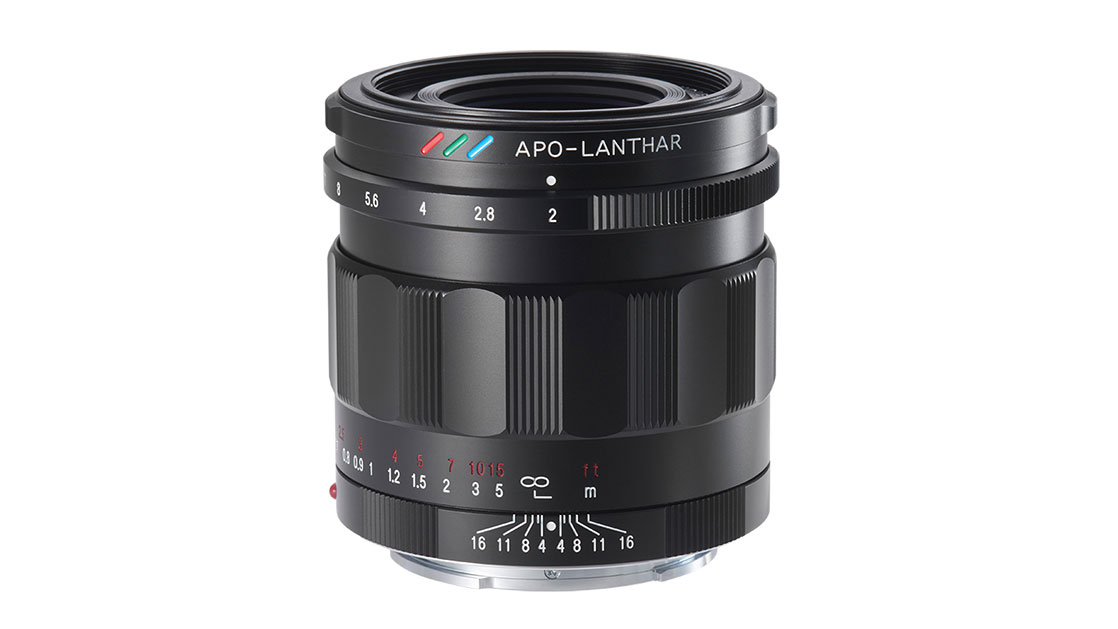
October
Nikon announces two DX zooms for the jewel-like Nikon Z 50, the first DX mirrorless camera in the Z-series and neither are 18 to something – the Nikkor Z DX 16-50mm F3.5-6.3 VR and 50-250mm F4.5-6.3 VR. Perhaps Tokyo finally got the memo. Besides promising a raft of lenses with its updated roadmap including an 200-600mm and a couple of intriguing ‘compact primes’, one of the most eagerly awaited lens of the year, Nikon’s Nikkor Z 58mm F0.95 S Noct, was finally given a launch date, and it was just a month or so away…
Venus Optics, maker of Laowa lenses announces the 35mm equivalent Laowa 17mm F1.8 for M43 and Tamron releases yet more lenses. This time they’re all F2.8 models for Sony mirrorless, with three being ‘macro’ primes including yet another 35mm. Initial impressions are that these all punch well above their weight and they’re all accessibly priced.
Voigtländer surprises with a new addition to its hugely under-appreciated Apo-Lanthar series, the 50mm F2 Apo-Lanthar Aspherical for Sony E-mount only. With seven APD (low dispersion) elements and two double-sided asphericals, this new lens promises stellar image quality at a relatively competitive price (£999/€1099). Samples are still scarce but if others from this series are anything to go by, this is one lens that shouldn’t be overlooked.
And finally, Canon releases the third of the F2.8L zooms, the ultra-compact RF 70-200mm F2.8L USM and one of the most intriguing and most anticipated lenses of the year – the DS or ‘Defocus Smoothing’ version of the RF 85mm F1.2L USM. Not only does it have impossibly smooth blur, it also has the incredible optical performance of its sibling released earlier in the year.
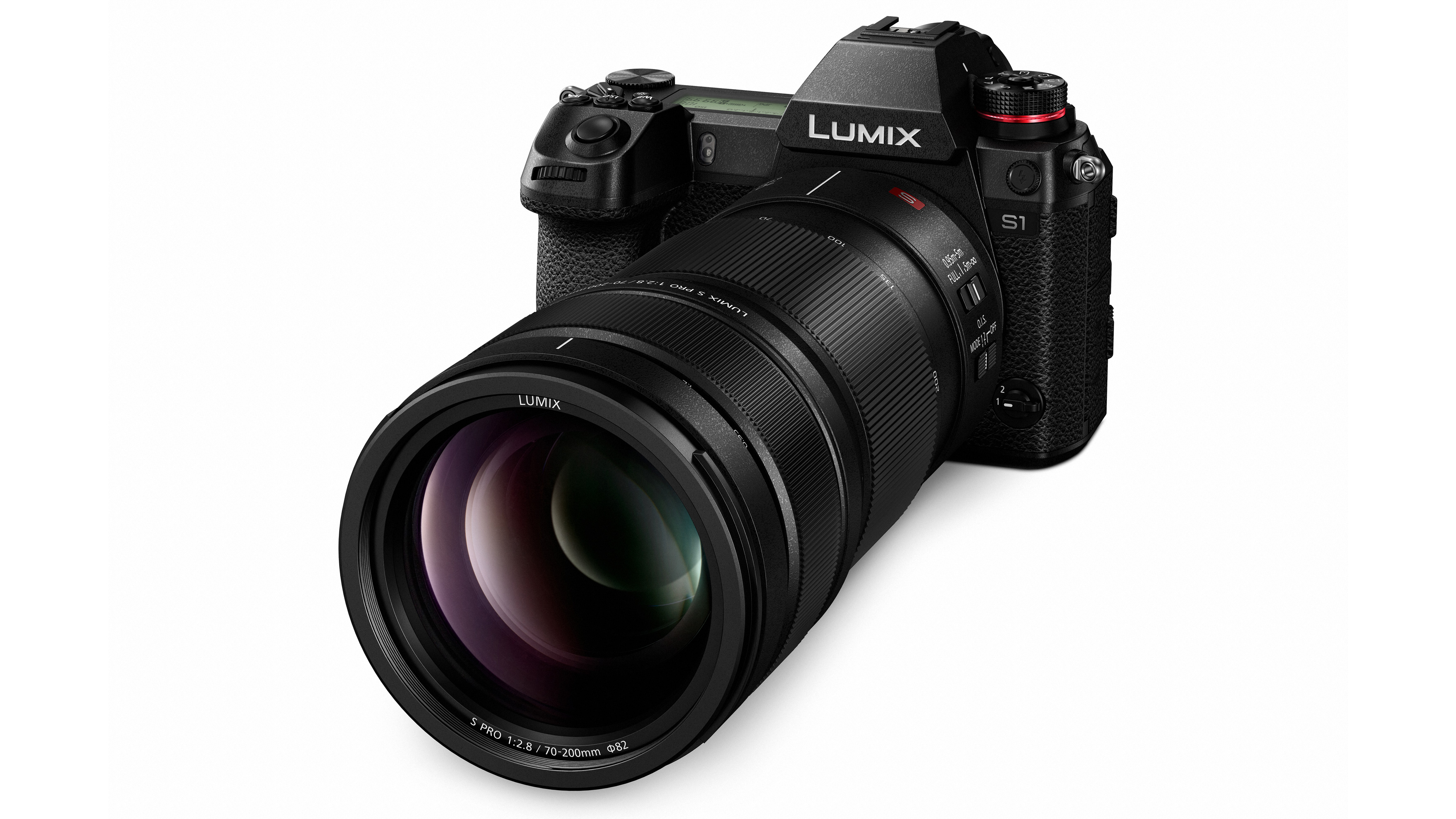
November
Zeiss releases the Supreme Prime Radiance cinema lens line – a range of seven high end lenses from 20mm to 100mm, based on the Supreme Prime range. Like others released this year they have modified coatings – in this case Zeiss T* blue – for increased yet controlled flare and warmer tones but without any transmission loss – they’re all T1.5. The lens set can only be ordered until 31 March, 2020, after that they’re only available through rental houses.
Sigma releases the fourth Art series (and second zoom) lens designed specifically for L-mount and Sony E bodies, the 24-70mm F2.8 DG DN Art. Canon users of RF mount bodies shouldn’t despair just yet (though this lens is sure to be another with outstanding optical performance), as it’s still early days.
As if we weren’t already convinced about the new L-mount alliance, Panasonic adds another two S Pro series zooms, the 16-35mm F4 and the 70-200 F2.8 O.I.S, bringing the total from Panasonic to six this year alone.
Tokina refreshes two lenses with new, more contemporary exteriors for the atx-i range, the 100mm F2.8 FF Macro and the atx-i Pro 11-16mm F2.8 CF.
Of all of the lenses seen this month though it was Nikon’s Nikkor Z 58mm F0.95 S Noct that stood out the most and that’s not just because of its size and weight but rather, its totally uncompromising build and outstanding optical performance. It is a ‘star’ all right, but it also has the ‘astronomical’ pricing to match.
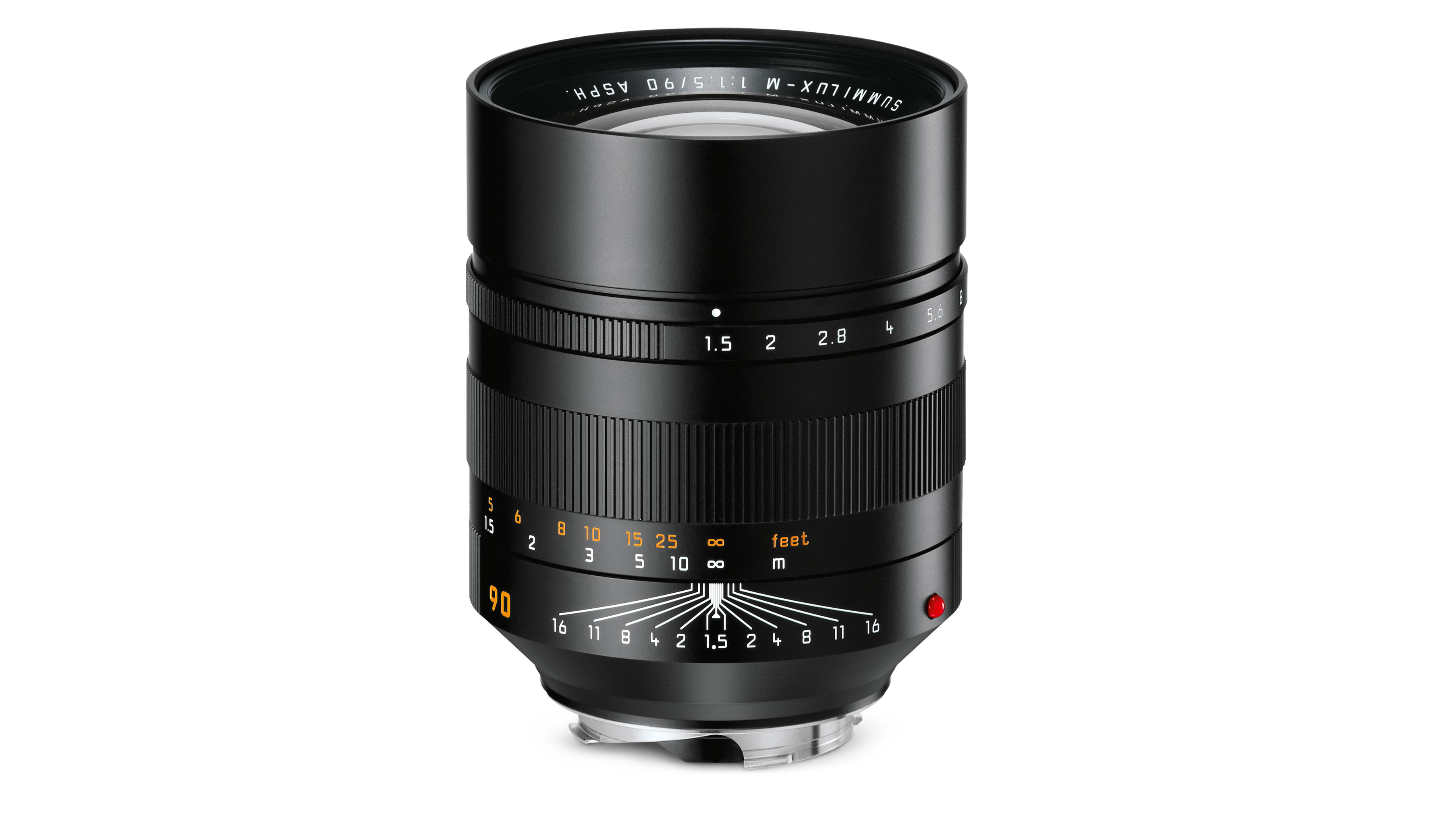
December
Zeiss introduces three new cine lenses in the Supreme Prime range, a 21mm, 135mm and 150mm, and Venus Optics adds Nikon Z and Canon RF mount versions to three of its existing lenses, the 12mm f/2.8 Zero-D, 25mm f/2.8 2.5-5X Ultra Macro and Laowa 100mm f/2.8 2X Ultra Macro.
It’s not every day that Leica announces a new lens for the M-series, so when it does, it is bound to be special. And that’s certainly the case here with the new Leica Summilux-M 90mm F1.5 ASPH. At just under £13k/£11k it costs even more than the Noctilux 50mm F0.95 ASPH. Of course, just as it was bound to be special it was also bound to be controversial but then it was never going to be cheap. Quality like this rarely ever is.
Read more:
• These are the best Sony lenses today
• We pick the best Fujifilm lenses right now
• Expand your Nikon system with the best Nikon lenses
• How to choose the best Canon lenses for your camera
